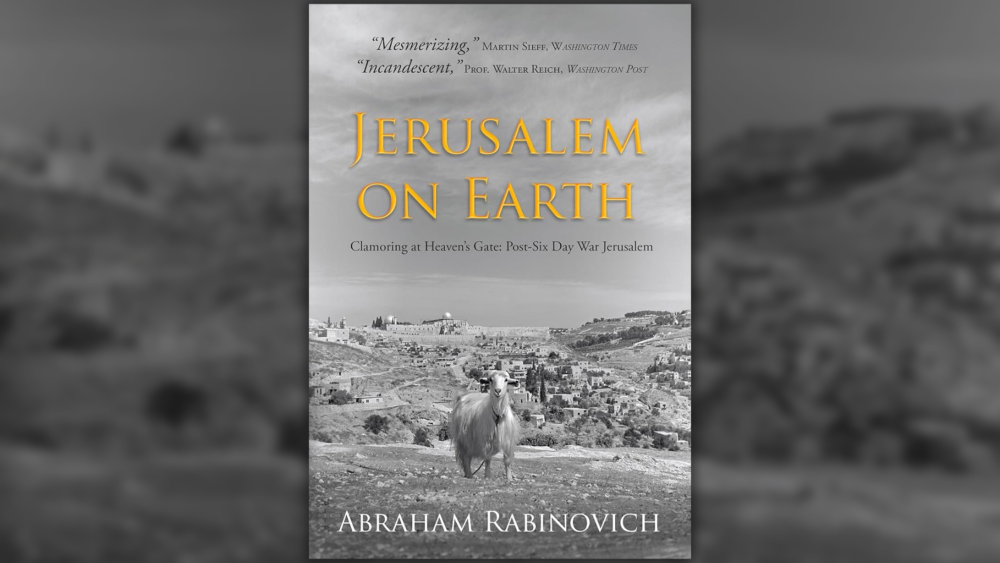Jerusalem on Earth presents a portrait of Jerusalem during the period between the Six-Day War of 1967 and the outbreak of the First Intifada in 1987. The author, a veteran journalist and long-time resident of Jerusalem, worked at the Jerusalem Post for 30 years, beginning his career—by choice—on municipal affairs and the police beat. This vantage point enabled him to approach the city from an unusual, oblique, and unique angle—getting to know its less explored corners, the people who inhabited them, and their motivations. Building on these experiences and this knowledge, along with his flair for catching key details that illuminate the whole, Rabinovich has assembled a complex and multifaceted portrait of the city.
Among the various depictions, Rabinovich portrays Teddy Kollek, Jerusalem’s legendary mayor, in his prime, mesmerizing foreign funders and blue-collar city residents alike. The author delves into the lives of the city’s Haredi (Ultra-Orthodox) Jewish inhabitants for whom he clearly has a particular affection and empathy. Throughout, his storytelling is meticulous and non-judgmental. His account of the 1983 murder of two nuns in a convent in Ein Karem is both eerie and oddly moving. His report of Dennis Rohan, a mentally disturbed Australian Christian who set fire to the al-Aqsa Mosque in 1969, manages, without sensationalizing and with compassion, to capture both the peril of this act and the perpetrator’s extreme detachment from reality. This approach also characterizes the biographies of Ali Jiddah, a PFLP terrorist from the Old City who bombed downtown western Jerusalem; of Leib Weisfish, a Haredi Nietzsche devotee and resident of the Mea Shearim neighborhood; and of many others.
A familiar mosaic emerges from Rabinovich’s account. If Jerusalem has changed considerably in details since 1987, in the nature of such things, it has also remained essentially the same. A distinctive and unaffected empathy serves as the author’s special ingredient, conveyed through a gaze that is unsentimental, steady, skeptical, and compassionate. These factors suit the subject matter, for Jerusalem has always attracted more than its fair share of the self-deluded and the fantastical: the buyers and the sellers of all manner of relics, real and fake. Rabinovich, the clear-eyed realist, observes them with skill, so that his multi-layered picture leaves specific details vivid long after the reader closes the book.




